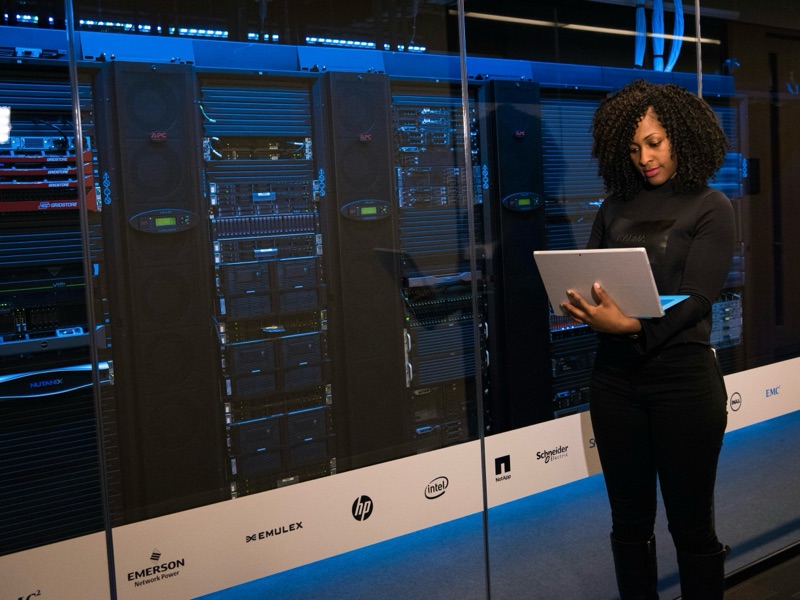In 2025, cybersecurity is no longer just a back-office concern — it has become a frontline issue for governments, corporations, and individuals alike. The digital transformation of nearly every sector has created both unprecedented opportunities and significant vulnerabilities. As the world grows increasingly interconnected, cybercriminals have adapted with alarming speed, deploying advanced tools like artificial intelligence and exploiting weak points in global infrastructure.
Over the past 12 months, the world has witnessed some of the most impactful and financially devastating cyberattacks in history. From state-sponsored assaults tied to geopolitical conflicts to massive data breaches involving Fortune 500 companies and national healthcare systems, the scale and frequency of incidents have reached new highs. In many cases, attackers aren’t just stealing data — they’re disrupting economies, undermining public trust, and exposing systemic weaknesses in even the most advanced digital ecosystems.
This article offers a comprehensive look at the global cybersecurity landscape as it stands in mid-2025. It highlights the most pressing cyber threats shaping the digital battlefield, details several high-profile breaches that captured international attention, and provides insight into how organizations can adapt and defend against an increasingly sophisticated threat environment. Whether you’re a tech executive, public policy leader, or everyday digital citizen, understanding these trends is crucial in navigating the volatile world of cybersecurity.

Top Cybersecurity Threats in 2025
1. AI-Driven Cyber Attacks
Cybercriminals are leveraging AI to enhance the effectiveness of their attacks. In Karnataka, India, AI-powered phishing scams have led to financial losses amounting to ₹938 crore (approximately USD $112 million) between January and May 2025. Notably, 80% of phishing emails involved AI tools, highlighting a significant shift in cybercrime tactics.
2. Ransomware Escalation
Ransomware attacks have surged by 126% globally in 2025, with organizations experiencing an average of 1,925 attacks per week. These attacks are increasingly targeting critical infrastructure, healthcare systems, and financial institutions, often employing double-extortion tactics.
3. State-Sponsored Cyber Warfare
Nation-state actors, particularly from Iran and Russia, have intensified cyber operations. Following U.S. airstrikes on Iranian nuclear facilities, Iranian-linked groups launched denial-of-service attacks against U.S. and Israeli infrastructure, including aviation firms and oil companies.

4. Supply Chain Vulnerabilities
The exploitation of third-party services remains a significant threat. In July 2024, a vulnerability in the Snowflake cloud platform led to a breach affecting nearly all AT&T wireless customers, exposing call and text metadata.
5. IoT and Medical Device Risks
The proliferation of Internet of Things (IoT) devices has expanded the attack surface. A 107% increase in IoT malware attacks was reported in 2024. Medical devices, in particular, are vulnerable due to backdoors and insufficient security measures, posing risks to patient safety.

Notable Cyber Breaches (2024–2025)
1. CrowdStrike-Microsoft Outage (July 2024)
A significant incident involving CrowdStrike and Microsoft led to a global tech outage, affecting over 8.5 million computers. This event disrupted operations across various sectors, highlighting the risks associated with software dependencies.
2. Dell Technologies Data Breach (May 2024)
Dell disclosed a breach impacting 49 million customer records, including names, addresses, and order details. The stolen data was reportedly offered for sale online for $500,000.
3. National Public Data Breach (April 2024)
A catastrophic breach exposed sensitive information of nearly 2.9 billion individuals, including Social Security numbers and phone numbers. The breach underscored the dangers of centralized data storage without adequate safeguards.
4. MediSecure Health Data Breach (April 2024)
Australian eScripts provider MediSecure suffered a breach compromising medical information of approximately 12.9 million individuals. The complexity of the data sets hindered precise identification of affected individuals.

5. Glasgow City Council Attack (June 2025)
A cyberattack on Glasgow City Council disrupted various online services, including planning applications and penalty charge payments. While financial systems remained unaffected, there are concerns about potential breaches of customer data.
Strategic Responses and Recommendations
- Zero Trust Architecture: Implementing a Zero Trust model can minimize risks by continuously verifying user identities and device integrity.
- AI for Defense: Leveraging AI for threat detection and response can enhance the ability to identify and mitigate attacks in real-time.
- Supply Chain Security: Regular audits and stringent security protocols for third-party vendors can reduce supply chain vulnerabilities.
- Regulatory Compliance: Adhering to evolving cybersecurity regulations and standards is crucial for legal compliance and risk management.
- Public Awareness and Training: Educating employees and the public on cybersecurity best practices can prevent social engineering attacks.

As we reflect on the evolving cybersecurity landscape of 2025, one thing is clear: the threat environment is more dynamic, aggressive, and complex than ever before. With cybercriminals harnessing the power of AI, exploiting global instability, and targeting increasingly vulnerable supply chains, traditional security measures are no longer sufficient. The rapid escalation of ransomware campaigns, data breaches, and state-sponsored attacks underscores the urgent need for a new, more resilient digital defense strategy.
The most notable breaches of the past year—from Dell’s massive customer data leak to the CrowdStrike-Microsoft outage and politically motivated attacks tied to international tensions—have shown how deeply integrated digital systems are with global stability. These incidents didn’t just compromise data; they disrupted critical infrastructure, exposed systemic flaws, and caused tangible harm to public services and consumer trust. The ripple effects of these breaches reveal that cybersecurity is now inseparable from economic security and national resilience.
Looking forward, the path to digital safety lies in proactive defense: adopting zero trust architectures, securing supply chains, leveraging AI responsibly, and fostering a global culture of cyber awareness. Governments, corporations, and individuals must collaborate to stay ahead of increasingly sophisticated adversaries. In a world where cyber threats are not only probable but inevitable, resilience, vigilance, and innovation are the most vital tools we have to protect our digital future.
Comments
Post a Comment